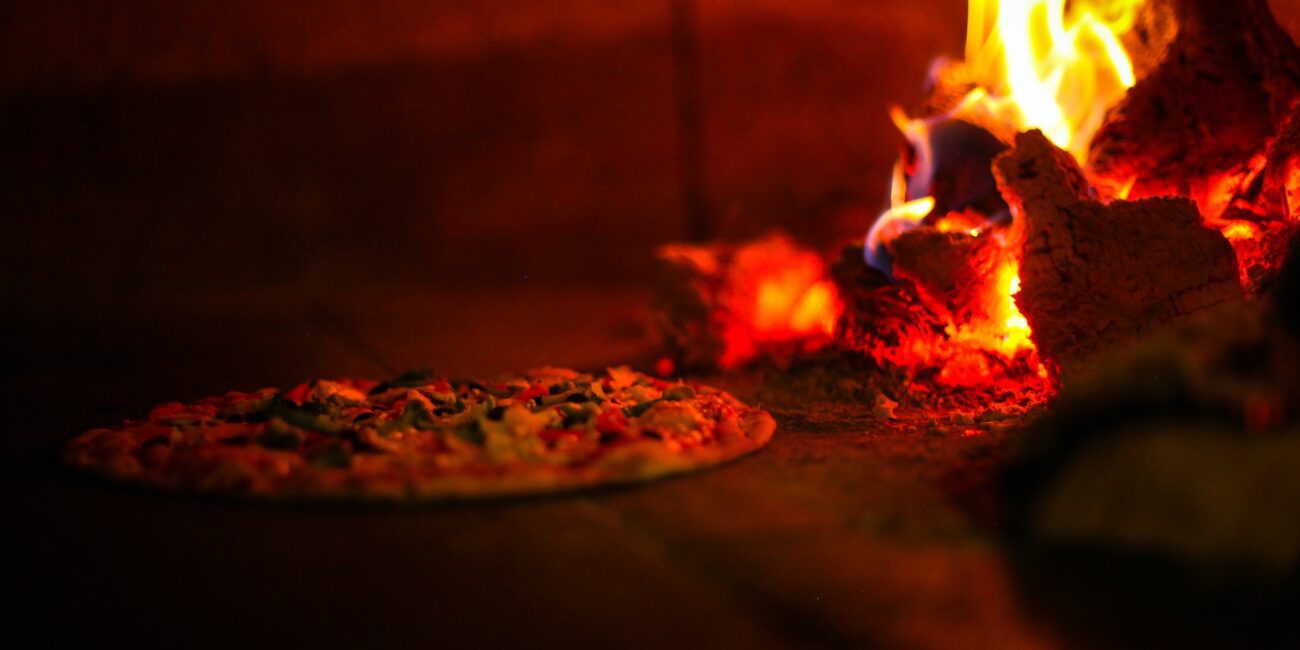Unveiling the Truth About Pizza – A Culinary Journey
When it comes to pizza, everyone claims to be an expert, but how much do we know about this beloved dish? In this comprehensive guide, we delve into the best pizza facts and myths to provide you with an insightful look into the world of pizza, aiming to surpass the existing articles on Google.
The Origin of Pizza: A Historical Perspective
Pizza’s origins trace back to ancient civilizations. While many credit Italy for the invention of pizza, its roots can be found in different cultures. The Greeks had their flatbreads, and Egyptians had a similar dish with toppings. However, it was in Naples, Italy, where pizza as we know it today took its modern form.
Debunking Common Pizza Myths
Myth 1: Pizza Is Unhealthy
Contrary to popular belief, pizza can be a healthy meal option. It all boils down to the choice of ingredients. Opting for whole wheat crust, lean proteins, and abundant vegetables can transform pizza into a nutritious delight. Moderation is key, to turning this myth into a misconception.
Myth 2: Pineapple Doesn’t Belong on Pizza
The age-old debate on whether pineapple belongs on pizza continues. In reality, taste is subjective, and the sweet and savory combination of pineapple and other toppings can create a unique and delightful flavor profile. It’s all about personal preference.
Exploring Pizza Varieties Across the Globe
Neapolitan Pizza: A Slice of Tradition
Neapolitan pizza is often considered the pinnacle of pizza perfection. Neapolitan pizza captures the essence of traditional Italian flavors with its thin, soft, and chewy crust, topped with fresh tomato sauce, mozzarella, and basil.
New York Style Pizza: The Big Apple’s Signature Slice
New York-style pizza is characterized by its large, foldable slices. The secret lies in the high-gluten flour used to create a chewy yet crisp crust. The slices are often generously topped with tomato sauce and mozzarella, making it a staple in the city that never sleeps.
Deep Dish Pizza: A Hearty Delight from the Midwest
Originating in Chicago, deep-dish pizza is a hearty, casserole-like creation. The thick buttery crust provides the perfect base for layers of cheese, meat, and chunky tomato sauce. This style of pizza is a filling and indulgent treat.
Pizza Trends: From Classic to Innovative
Rise of Artisanal Pizzerias
Artisanal pizza has become a trend, with pizzerias focusing on high-quality, locally sourced ingredients. These establishments take pizza to new heights, experimenting with unique toppings and creative flavor combinations.
Gluten-Free and Vegan Options
In response to dietary preferences and restrictions, pizzerias now offer gluten-free and vegan pizza options. Innovative crusts made from cauliflower or alternative flours cater to a diverse range of tastes and dietary needs.
Mastering the Art of Homemade Pizza
Perfecting the Dough
Creating the ideal pizza dough is a crucial step in achieving pizza perfection. A blend of high-quality flour, water, yeast, and salt, combined with proper kneading and resting, results in a dough that bakes into a golden, crispy crust.
Sauces and Toppings: A Symphony of Flavors
Homemade pizza sauces offer endless possibilities. Whether opting for a classic marinara or experimenting with pesto or barbecue sauce, the key is to use fresh, flavorful ingredients. Toppings should complement each other, creating a harmonious flavor symphony.
Embracing Pizza: A Global Culinary Tradition
In conclusion, pizza is a versatile dish that transcends borders and palates. By understanding its rich history, debunking myths, exploring global varieties, and embracing modern trends, we gain a deeper appreciation for this culinary masterpiece. The journey through the world of pizza shows us that it’s more than just a fast-food item; it’s a reflection of cultural diversity and culinary innovation. As we continue to explore and experiment with pizza, we not only enjoy its delicious flavors but also participate in a global culinary tradition that is constantly evolving and bringing people together.



